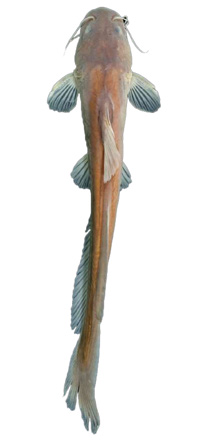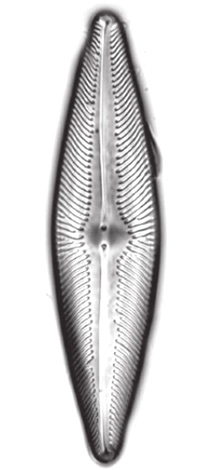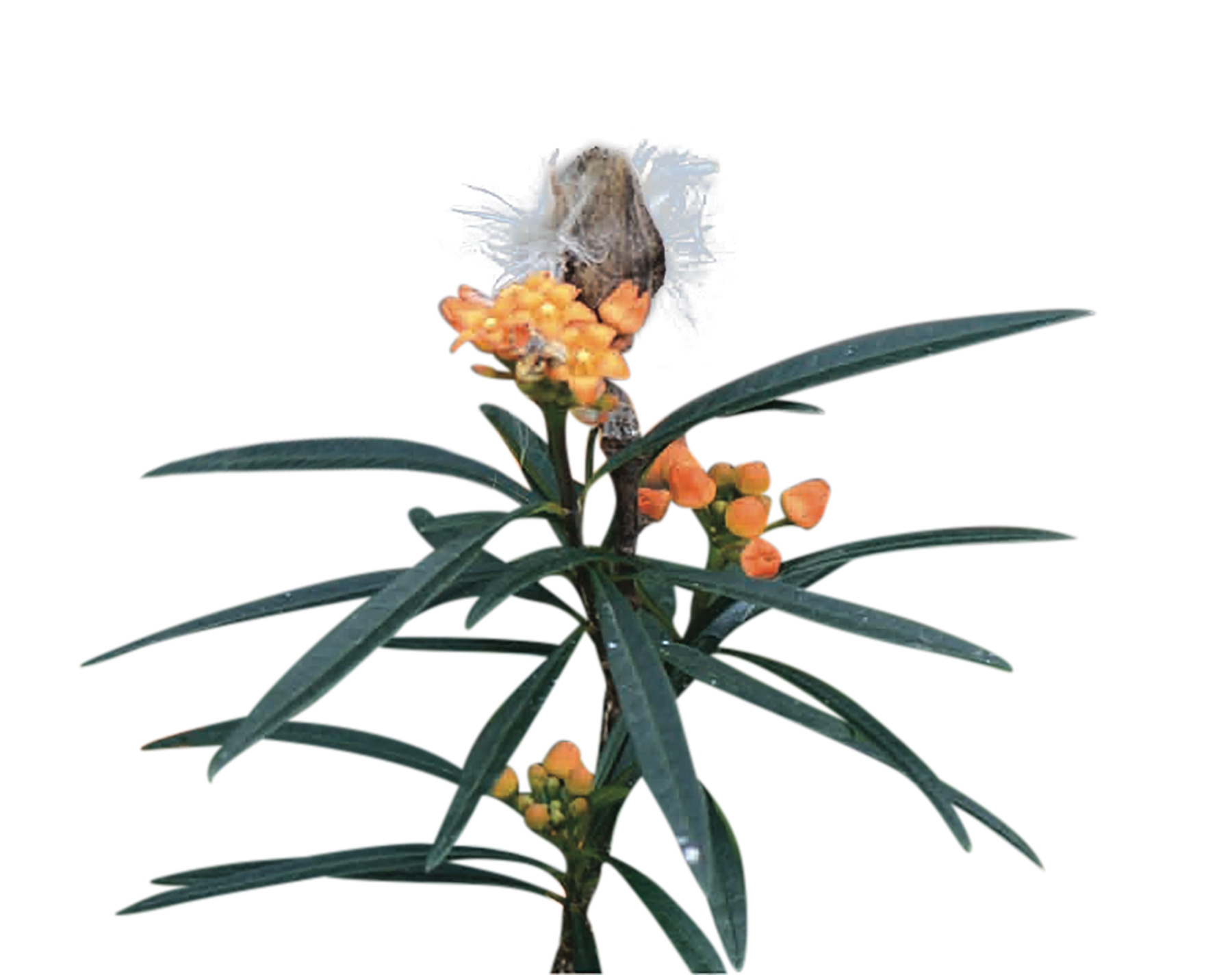Scientists from Drexel and the Academy of Natural Sciences of Drexel University regularly discover, describe and pen new species into the catalog of life on Earth, often investigating specimens that have eluded classification for a long time. Here are some that have made their way into the scientific record this year.
Average length of new species: 2″;
Average length of a common game catfish in the US: 12-24″
A LOCAL SECRET
More than 3,700 recognized catfish species exist worldwide, but in one area of Sumatra in Indonesia, locals have known about a previously unidentified species for years.
This year, that catfish got a name, Sundolyra latebrosa, after the Academy was contacted by a colleague in Singapore asking for help gathering information about the bony skeleton.
Despite the specimen’s poor state of preservation, this international team of scientists was able to determine that the fish, known to reach only about 2 inches in length, was different from other catfishes in the family Bagridae, in that it had an eel-like body, no spine on the leading fin on its back and less bone projecting from the back of its skull. The species most closely resembles Olyra longicaudatus, but Sundolyra latebrosa has a dorsal fin farther forward on its body that also features a long spine instead of a flexible ray, the spines of side fins are smooth without serrations, and the tail fine has more fin rays, among other distinct features.
Navicula volcanica
Clearwater River, Oregon
WEST COAST DIATOMS
Diatoms are a group of unicellular algae that exist all over the Earth. This year, the Academy received samples of two new species that were discovered in the Cascade Mountains in western Oregon.
Diatom expert Marina Potapova, assistant curator of diatoms at the Academy, was able to determine that the diatoms’ skeleton structure — made from silicon dioxide, or glass — were unique enough to be named as two new species: Navicula volcanica and Navicula subwalkeri. Although both species likely interact in the environment, Navicula subwalkeri can be found in more places than Navicula volcanica. Additionally, Navicula subwalkeri have wider valves, among other features.
“The new species are clearly endemic of the Cascade Mountains,” Potapova says. “This finding contributes to our understanding of the biogeography of microbes and helps us to better use diatoms as environmental indicators.”
Sarcolobus cambogensis,
Cambodia
THE RHEOPHYTE PUZZLE
Until recently, the flora of the interior of Cambodia’s Cardamom region has remained largely uncatalogued. But as Cambodian and international survey teams collaborate, more and more species are coming to light.
Such was the case for Sarcolobus cambogensis, a rheophytic shrub discovered in the Tatai River in the Koh Kong province.
Academy scientists used specimens and images provided by several collectors to determine that the plant was a unique Sarcolobus species similar to but distinct from two other species, Sarcolobus luzonesis and Sarcolobus borneensis, from the Philippines and Borneo, respectively.
Sarcolobus cambogensis differs from the latter two species in its broader leaves, prominent coronas on the stamens and a differently shaped pollen transport apparatus.
“This is the third species of rheophyte described from Sarcolobus,” says Tatyana Livshultz, assistant curator of botany at the Academy. “The three species are geographically isolated from each other. Did the rheophytic habit evolve independently in each place or are these species all descended from a single most-recent common ancestor exclusive to them?”



